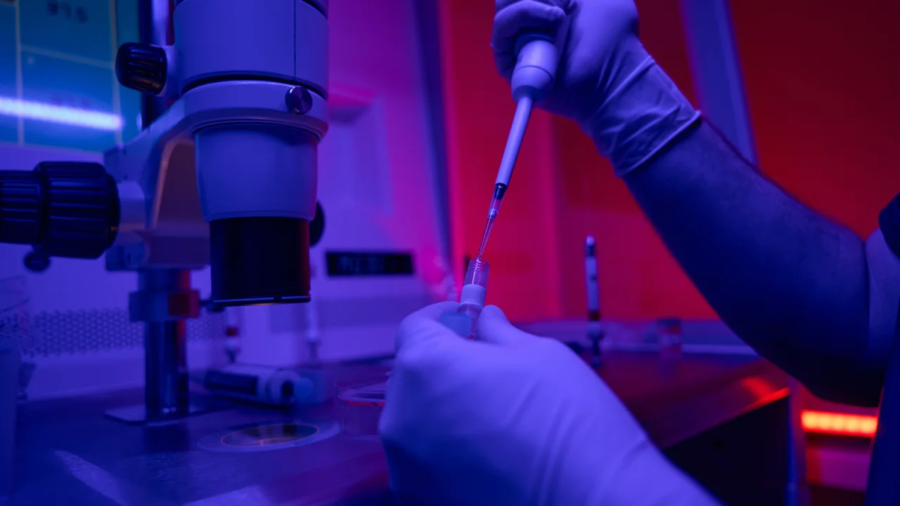In a groundbreaking achievement, a team of researchers from the United States and the United Kingdom has successfully generated synthetic human embryo-like structures using stem cells. By bypassing the traditional reliance on eggs and sperm, scientists have unlocked new possibilities in the field of developmental biology.
Although these early-stage structures lack vital organs such as a beating heart or a brain, they hold immense potential in advancing our understanding of genetic diseases and the causes of miscarriages. However, this scientific breakthrough raises significant legal and ethical concerns, as the creation and treatment of synthetic embryos remain largely unregulated in many countries, including the United States.
The creation of these synthetic embryo-like structures has captivated the scientific community due to its implications for unraveling the mysteries of human development. Dr. Magdalena Zernicka-Goetz, a professor of biology and biological engineering at CalTech and the University of Cambridge, presented the research findings at the International Society for Stem Cell Research’s annual meeting in Boston. Although the study is yet to be published in a scientific journal, its significance has already gained attention.
Unlike their previous work with mouse stem cells, Zernicka-Goetz and her team focused on cultivating embryo models from human embryonic stem cells. These models exhibited the formation of three distinct tissue layers, including cells that would typically develop into a yolk sac, placenta, and the embryo itself. Notably, these synthetic embryo-like structures also possessed germ cells, which have the potential to develop into eggs and sperm. While Dr. Zernicka-Goetz emphasized that these structures are not actual human embryos, they closely resemble them, making them invaluable for understanding pregnancy failures and improving fertility treatments.
The emergence of synthetic embryos has prompted urgent discussions about the need for regulations to govern their creation and usage. Unlike in vitro fertilization (IVF) embryos, which operate within established legal frameworks, stem cell-derived models of human embryos currently lack clear regulations. James Briscoe, associate research director at the Francis Crick Institute, emphasizes the necessity of implementing appropriate guidelines to ensure responsible and ethical practices in this field.
Bioethics experts have expressed concerns about the rapid pace of discoveries and the increasing sophistication of synthetic embryos. As these models approach the boundaries of life, questions about the sanctity and ethical implications of their existence arise. Striking a balance between scientific progress and ethical considerations is crucial to navigate this uncharted territory.
The synthetic embryo-like structures provide scientists with an unprecedented opportunity to explore the “black box” of human development. As current regulations limit the growth and study of embryos in laboratories to 14 days after fertilization, researchers have limited insight into the later stages of embryonic development. By studying these model embryos, scientists hope to uncover crucial information about the underlying mechanisms and processes that drive human development during this critical period.
At present, the synthetic model human embryos can only be observed within test tubes. Implanting them into a womb would violate existing laws, and preliminary animal research with stem cells from mice and monkeys has demonstrated a lack of survival upon implantation. This suggests that replicating the intricate conditions of pregnancy remains a challenge for researchers. Dr. Zernicka-Goetz clarifies that the primary objective of this research is not to create life but to prevent its loss. By understanding why embryos often fail to develop after fertilization and implantation, scientists aim to improve assisted reproductive technologies and reduce pregnancy loss rates.
The creation of synthetic human embryo-like structures from stem cells marks a significant milestone in the field of developmental biology. These models hold immense promise for advancing our understanding of genetic diseases, the causes of miscarriages, and the complex processes of human development. However, the absence of clear regulations raises critical legal and ethical concerns, necessitating the establishment of a framework to govern the creation and utilization of synthetic embryos. As scientists delve further into this research, the potential benefits and ethical implications must be carefully weighed to ensure responsible progress in this evolving field.
EctoLife releases the design of the world’s first artificial womb facility

Add a Comment